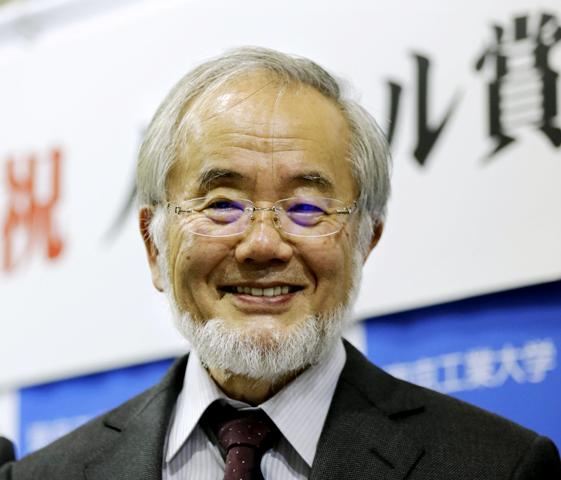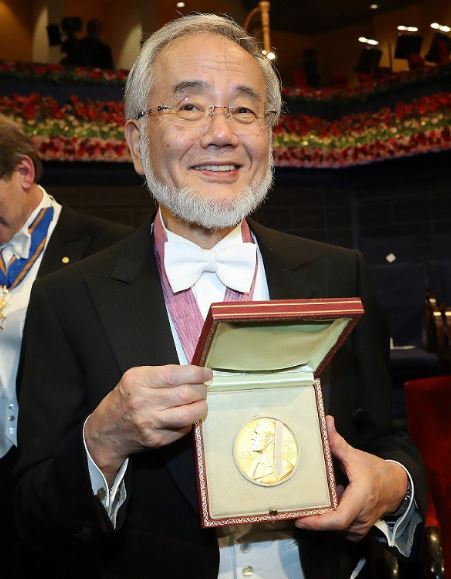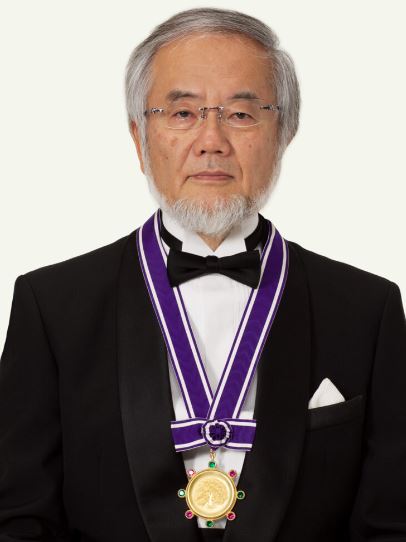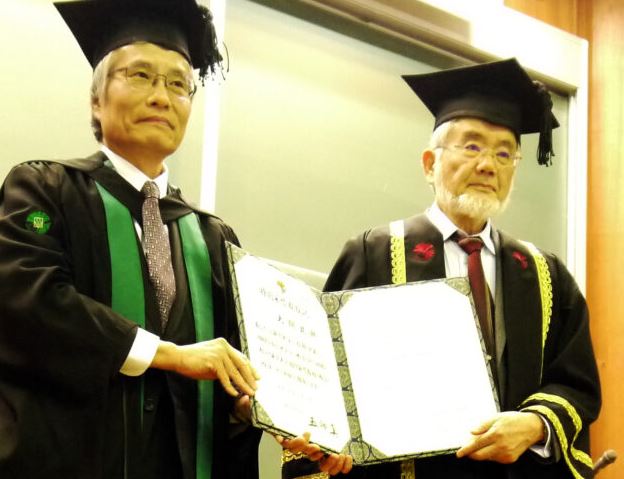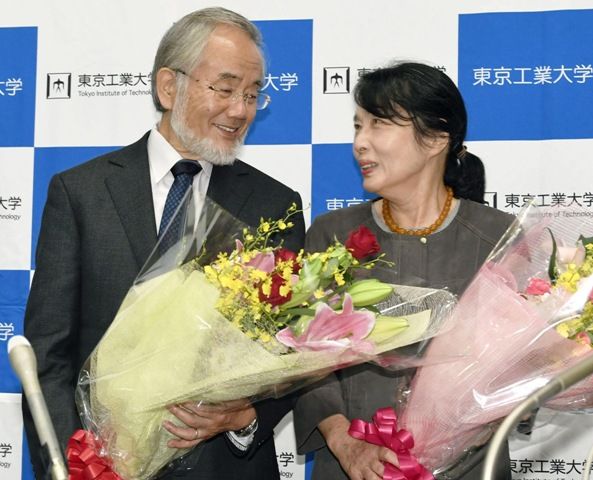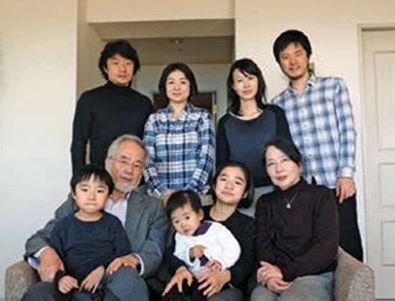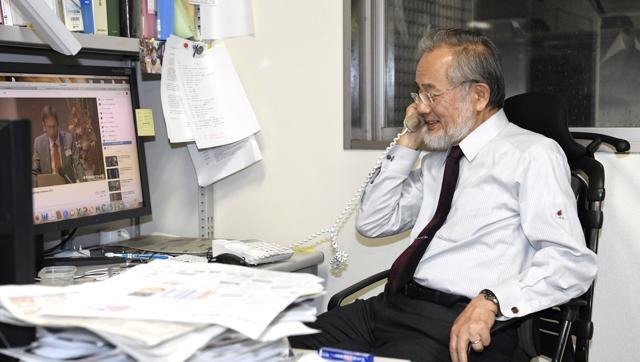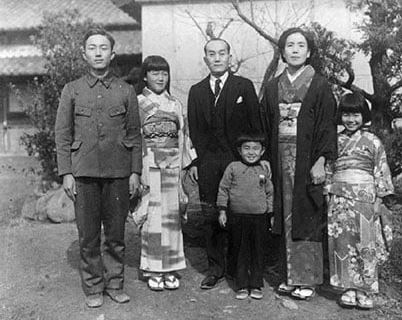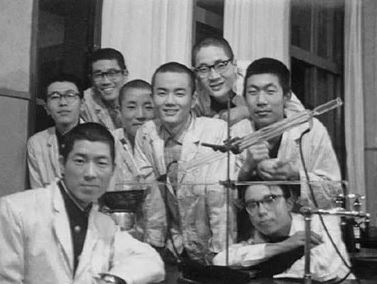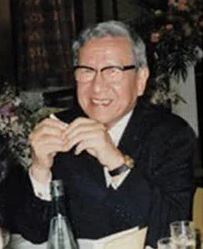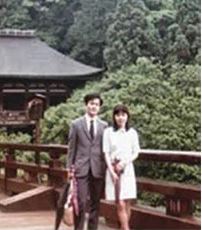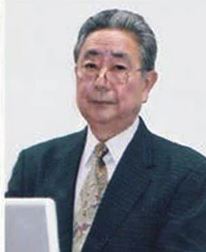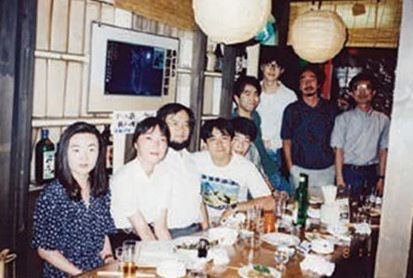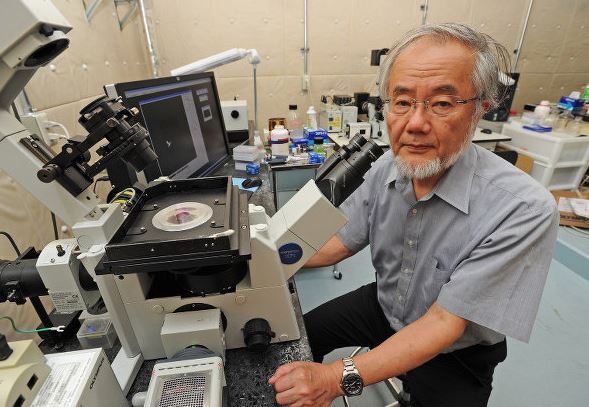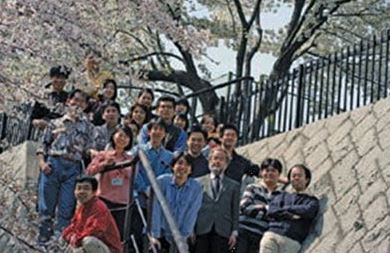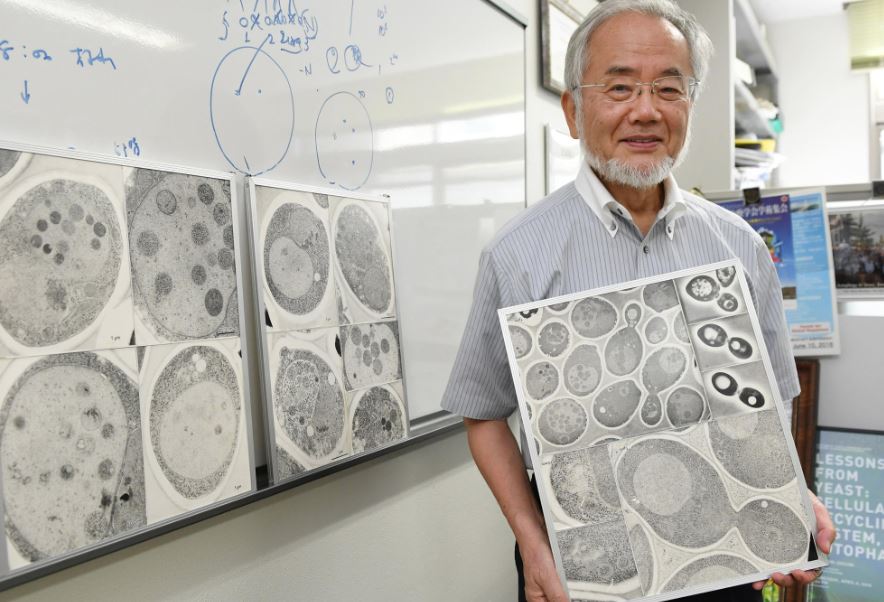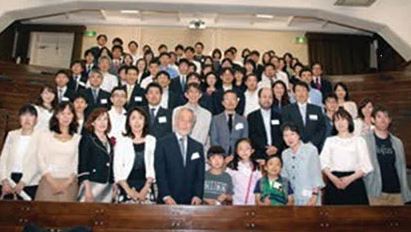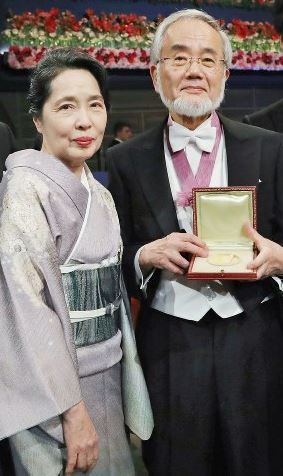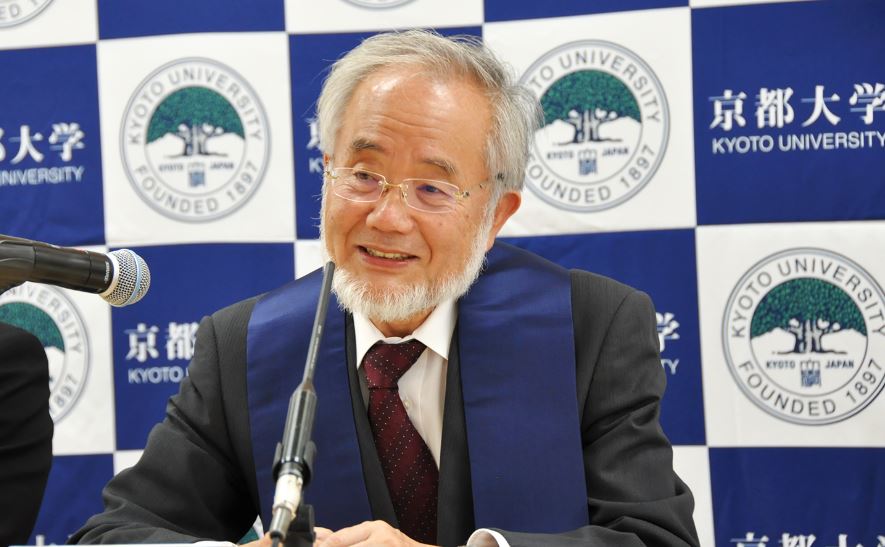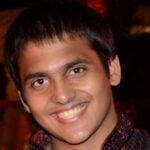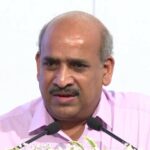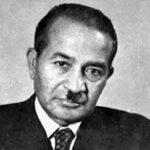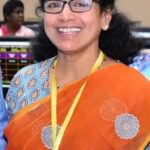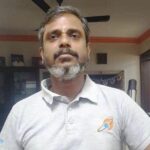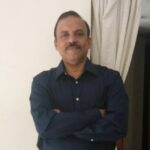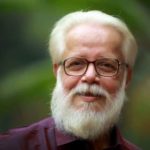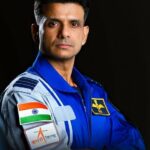Yoshinori Ohsumi Age, Wife, Children, Family, Biography
Quick Info→
Hometown: Fukuoka, Japan
Wife: Mariko Nakazawa
Age: 79 Years
Some Lesser Known Facts About Yoshinori Ohsumi
- Yoshinori Ohsumi was a weak child when he was born and fell sick regularly.
- A few months after giving birth to him, his mother contracted TB (tuberculosis).
- His mother fully recovered when he was 8 years old. When he turned twelve, his brother left to study literature at the University of Tokyo.
- He liked catching fish and planting seeds during his childhood. He also developed a habit of collecting insects at that time.
- He later got interested in chemistry and was a member of the chemistry club in his high school.
- He started his college education at the University of Tokyo in 1963; however, he later found that he was bored with most chemistry subjects and did not like them as much as he thought.
- He then decided to explore the field of molecular biology and joined the laboratory of Kazutomo Imahori where he got the experience of lab experimentation.
- He later performed experiments under Professor Akio Maeda and studied the role of ribosome subunits in protein synthesis.
- Ohsumi participated in several demonstrations related to social causes during his college years.
- During his doctoral studies at Kyoto University, he became interested in colicin E3, which can pass through the membrane of bacterial cells and instantly inhibits protein synthesis.
- He met his wife, Mariko, for the first time at the Kyoto University.
- He later moved to the University of Tokyo where he completed his PhD.
- In 1974, Ohsumi joined the laboratory of G. M. Edelman at Rockefeller University in New York, USA and worked in the field of cell biology. His wife, Mariko, later joined the laboratory of Norton Zinder at the same university.
- He worked there on a project to study the mechanism of DNA replication initiation in yeast. During that project, he saw highly purified vacuoles for the first time under a microscope.
- In December 1977, he returned to Japan from the USA and worked as an assistant professor in Yasuhiro Anraku’s laboratory in Tokyo University’s Faculty of Science.
- He later studied the membrane of the vacuole, a cellular organelle and showed the active transport of amino acids and calcium over the vacuolar membrane.
- Ohsumi later moved to the University of Tokyo’s College of Arts and Sciences (Komaba Campus) as an associate professor where he started his own laboratory.
- Within 8 years, he found autophagy genes and different ATG genes while working in his laboratory.
- In 1996, he became a professor at the National Institute for Basic Biology (NIBB) in Okazaki.
- His first research team included Tamotsu Yoshimori (from Kansai Medical School), Takeshi Noda (the first doctoral student to graduate from Ohsumi’s lab at Komaba), Yoshiaki Kamada (from Johns Hopkins University, US), and Noboru Mizushima (a clinician at Tokyo Medical and Dental University).
- He was also a professor at the Graduate University for Advanced Studies in Hayama from 2004 to 2009.
- His work mainly focused on studying the breaking down of the cells and recycling their content termed autophagy (self-eating).
- When he joined the field in 1988, less than 20 scientific papers or publications were available on the subject.
- He later released several papers which established him as one of the leading pioneers of the field.
- In 2009, he became a specially appointed professor at the Tokyo Institute of Technology.
- He also became an emeritus professor at the National Institute for Basic Biology and the Graduate University for Advanced Studies in 2009.
- In 2014, he became a Professor at the Institute of Innovative Research, Tokyo Institute of Technology.
- His research could help explain a number of diseases/disorders like Cancer, Parkinson’s (neurological disorder), and Alzheimer’s (neurological disorder).
- He made headlines in 2016 when he won the Nobel Prize in Physiology or Medicine ‘for his discoveries of mechanisms for autophagy.’ He became the 25th Japanese to win the award.
- His research is considered unique in the world of medicine as he was chosen alone for the Nobel Prize in 2016 instead of a team of other scientists.
- He has spoken at various functions or academic programs at several colleges and universities.
- In an interview, he said that he followed his passion for molecular biology which led him to money and fame.
- He once said that most people from the younger generation wanted to become researchers for money instead of passion and aspiration to do something for humanity.

